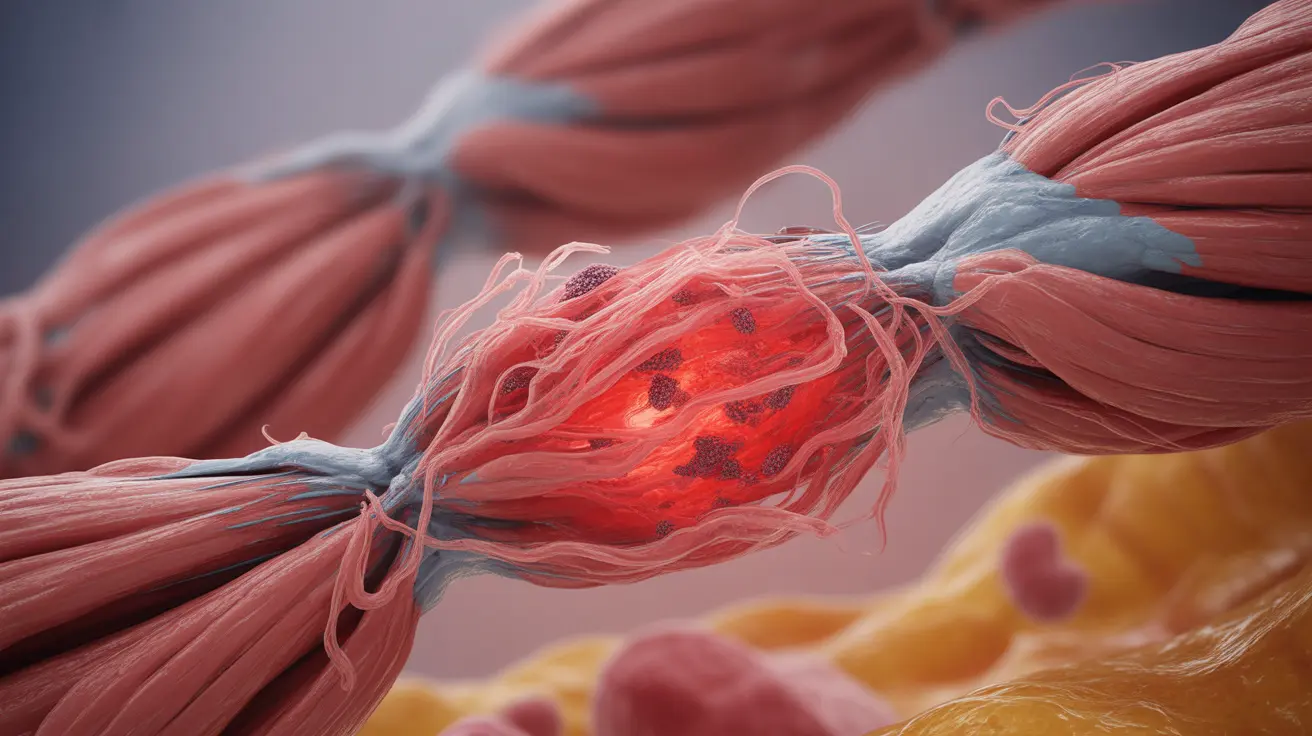Cachexia is a serious metabolic disorder characterized by severe muscle wasting and unintentional weight loss that occurs alongside chronic illnesses. Unlike typical weight loss, cachexia represents a complex condition that affects not only muscle mass but also impacts overall body function and quality of life. This condition frequently accompanies serious diseases such as cancer, chronic heart failure, HIV/AIDS, and chronic obstructive pulmonary disease (COPD).
Understanding cachexia is crucial for both healthcare providers and patients, as early recognition and intervention can help manage its devastating effects. This article explores the key aspects of cachexia, including its symptoms, causes, and available treatment options.
Understanding the Unique Nature of Cachexia
Cachexia differs significantly from other forms of weight loss or muscle wasting. It involves complex metabolic changes that cannot be reversed simply through increased caloric intake. The condition affects multiple body systems and can significantly impact a person's strength, mobility, and overall health outcomes.
Key Signs and Symptoms
Recognizing cachexia early is essential for better management. The condition typically presents with several distinctive characteristics:
- Severe loss of muscle mass
- Significant unintentional weight loss
- Decreased appetite
- Fatigue and weakness
- Reduced physical function
- Inflammation throughout the body
- Anemia
Underlying Causes and Mechanisms
Cachexia develops through various complex pathways and can be triggered by multiple factors:
Inflammatory Response
Chronic inflammation plays a central role in cachexia development. The body releases inflammatory proteins that can break down muscle tissue and alter normal metabolism.
Metabolic Changes
The condition involves significant alterations in how the body processes proteins, carbohydrates, and fats, leading to accelerated muscle breakdown and reduced muscle synthesis.
Disease-Specific Factors
Different underlying conditions can trigger specific metabolic changes that contribute to cachexia development. For instance, cancer-related cachexia may involve tumor-produced factors that directly affect muscle tissue.
Treatment Approaches and Management
Managing cachexia requires a comprehensive approach that addresses multiple aspects of the condition:
Nutritional Support
While nutrition alone cannot reverse cachexia, proper nutritional support is crucial. This may include:
- High-protein dietary interventions
- Specialized nutritional supplements
- Appetite stimulants when appropriate
- Dietary counseling and planning
Exercise and Physical Therapy
Targeted physical activity can help maintain muscle mass and function. Programs typically include:
- Resistance training exercises
- Aerobic activities as tolerated
- Supervised physical therapy sessions
- Individualized exercise plans
Medical Interventions
Various medical treatments may be employed to address cachexia:
- Medications to reduce inflammation
- Appetite stimulants
- Hormone therapy in some cases
- Treatment of the underlying condition
Frequently Asked Questions
What are the common symptoms and signs of cachexia to watch for?
The primary signs include significant unintentional weight loss (more than 5% over 12 months), severe muscle wasting, fatigue, weakness, and decreased appetite. Additional symptoms may include reduced physical function, anemia, and ongoing inflammation.
How is cachexia different from malnutrition and age-related muscle loss (sarcopenia)?
Unlike malnutrition, which can be reversed with adequate nutrition, cachexia involves complex metabolic changes that don't respond to increased caloric intake alone. While sarcopenia is age-related muscle loss, cachexia is specifically associated with chronic diseases and involves more rapid muscle wasting accompanied by inflammation.
What causes cachexia in chronic diseases like cancer and heart failure?
Cachexia in chronic diseases is caused by a combination of factors including inflammatory responses, metabolic changes, and disease-specific factors. These conditions create a catabolic state where the body breaks down muscle tissue more rapidly than it can be rebuilt.
What treatment options and management strategies are available for cachexia?
Treatment typically involves a multi-modal approach including nutritional support, exercise programs, and medical interventions. This may include high-protein diets, nutritional supplements, appetite stimulants, resistance training, and medications to address inflammation.
Can cachexia be prevented or slowed down with nutrition or exercise?
While cachexia cannot always be prevented, early intervention with proper nutrition and exercise can help slow its progression. A combination of targeted nutritional support, physical activity, and medical management of the underlying condition offers the best approach for managing cachexia's effects.




